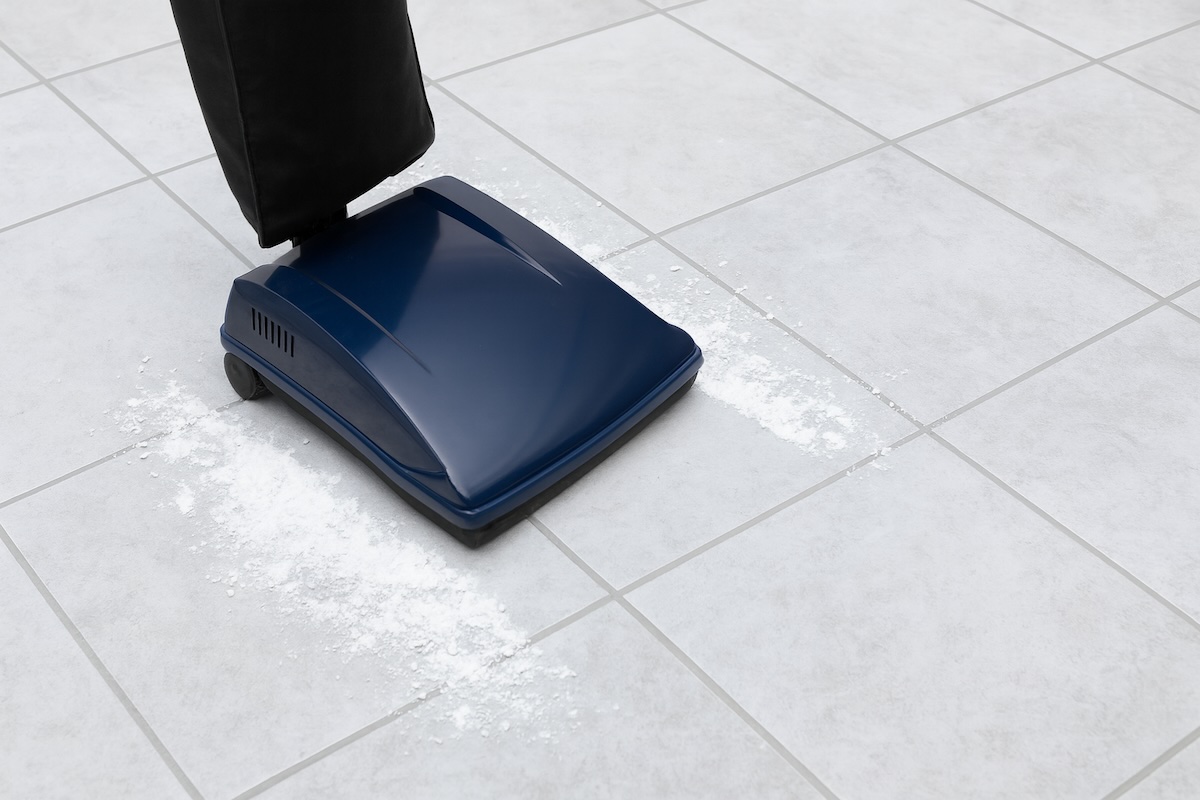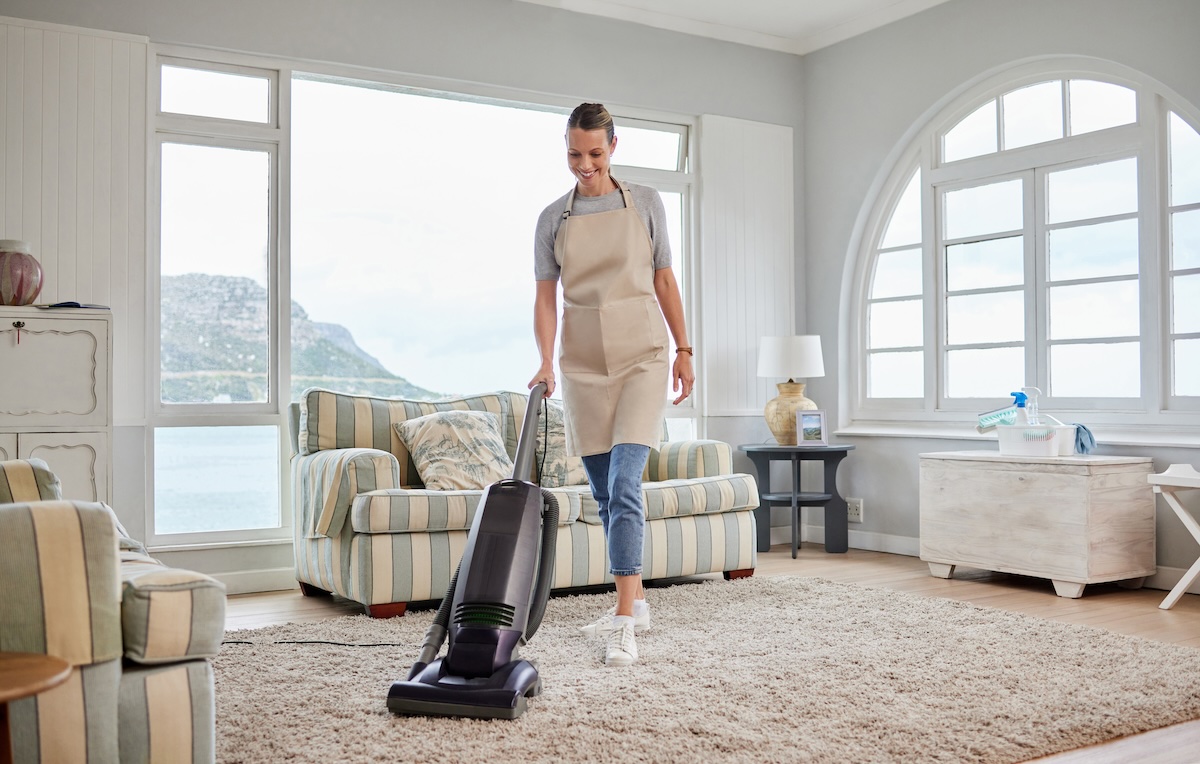If you’ve ever stood in an aisle staring at a row of vacuums and wondered why one costs more than your first car payment and another costs less than dinner for two, you’re not the only one. Many new models come out every year, but longevity seems harder to pin down than ever. Somewhere between the budget buys that fade out after a year or two and the “buy it for life” machines that last decades lies a confusing middle ground.
Everyone wants to know how long a vacuum should last. But it’s a question that usually doesn’t get answered until something breaks. A belt snaps, a switch gives out, or the suction just fades for good—and suddenly you’re deciding whether to fix it or start over. That moment says more about a vacuum’s design than any feature list ever could. The people who see it most clearly are the ones who repair them every day, which is why a good vacuum cleaner shop can tell you more about build quality in five minutes than a dozen online reviews. They see what fails early, what keeps running, and which brands quietly build machines that are meant to be opened up, not thrown away.
Table of Contents
ToggleThe Life Expectancy Spectrum
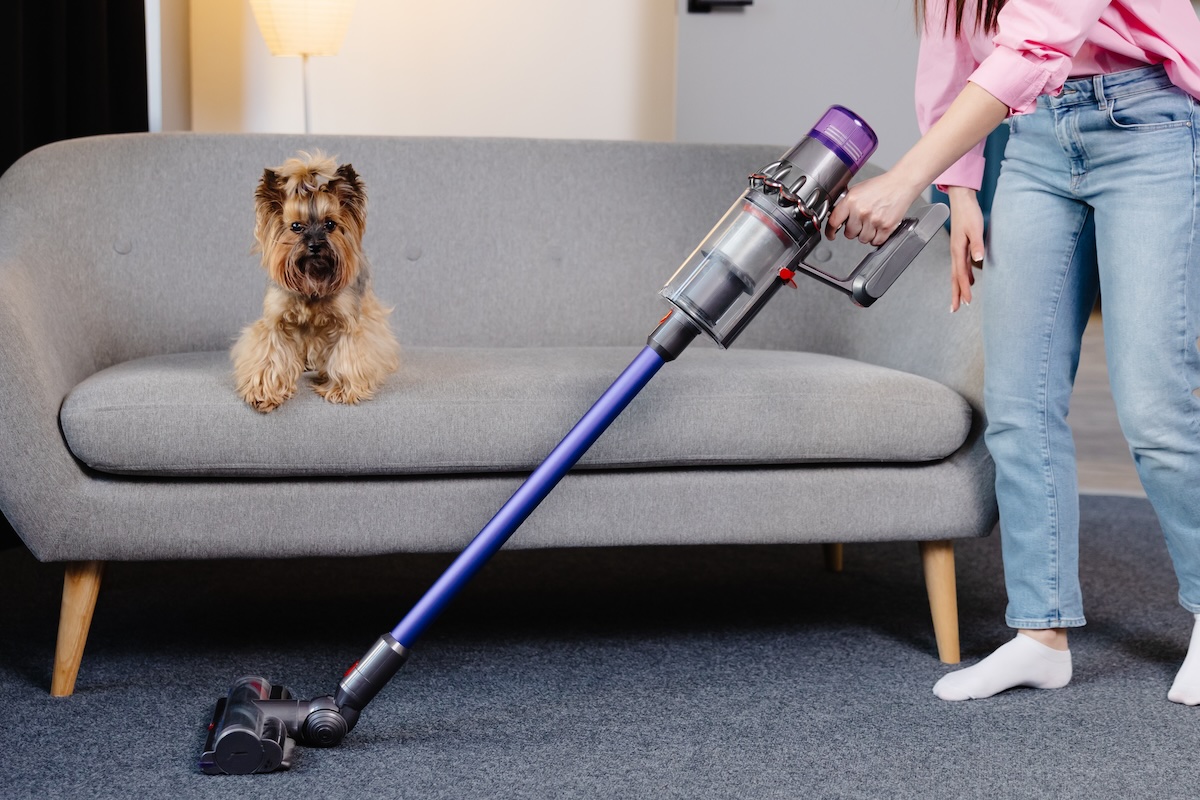
In general terms, household vacuums typically fall into three rough categories:
Budget or mass-market units – typically $80–$400, spanning everything from basic Bissell uprights and Hoover bagless models to the swarm of mid-shelf Sharks and entry-level Dysons that dominate big-box aisles. Most promise convenience and modern styling—swiveling heads, detachable pods, cordless designs—but many share the same weakness: short-cycle engineering. Thin plastics, sealed housings, and non-serviceable motors make them disposable once wear begins.
Expectation: 2–5 years of decent suction if well cared for, often less under heavy use. These vacuum cleaners prioritize appearance and convenience over endurance—thin plastics, disposable motors, and fragile clips that loosen long before the suction fades. Replacement parts, when you can find them, often cost half the price of a new unit. They’re light, quick, and cheap for a reason: they’re designed to be replaced, not repaired.
Mid-range or “prosumer” vacuums – usually $300–$700, including lines like Miele C1/C2, Sebo Felix, Riccar R10, and select Dyson models.
Expectation: 8–12 years with periodic servicing. These are where engineering begins to matter: tighter seals, balanced motors, and real filtration systems that protect both the machine and your air. Components are replaceable, not sealed in place. When something wears out, you can find the exact hose, gasket, or switch—not gamble on a knockoff listing.
BIFL (Buy-It-For-Life) and commercial-grade machines – often $700–$1,200+, represented by upper-line Miele and Sebo models, Lindhaus, Sanitaire’s metal-bodied uprights, heritage canisters like the Electrolux Guardian, and many others.
Expectation: 15–25 years, sometimes longer. These are not typical household appliances so much as well-engineered tools. Metal brushrolls, rebuildable motors, and robust parts catalogs make them serviceable for decades. You don’t throw them away; you tune them, replace a bearing, maybe a cord, and they’re back to full strength. They feel substantial because they are—built for the kind of ownership that outlasts marketing cycles.
There’s overlap, of course. A careful homeowner can nurse a $200 upright well past its expected lifespan, and a neglected $1,000 canister can die early. But in practice, design philosophy dictates longevity more than price alone.
Construction Differences

Pick up a budget upright and you’ll feel flex in the handle, play in the wand joints, and thin plastic wheels that scrape across tile. It’s not carelessness—it’s a cost trade-off. Lightweight builds keep shipping cheap and retail appeal high. The problem is, every stress point is a future failure point.
Move up a tier and tolerances tighten. Cords are thicker, motor housings are insulated, and the wand fits with a satisfying “click” instead of a “squeak.” The filters are often multi-layered and sealed, meaning fine dust particles stay trapped instead of leaking back into the room. Those little cues are where “durability” hides—less glamorous than suction specs, but more predictive of lifespan.
Some owners notice it the first time they bump a wall. A budget vacuum gives off a hollow rattle; a BIFL machine sounds solid, almost damped. That sound difference comes from density—metal reinforcements, heavier bearings, rubber isolation mounts. It’s the same physics that separate a tool-store drill from an industrial one.
When Price Stops Tracking Value
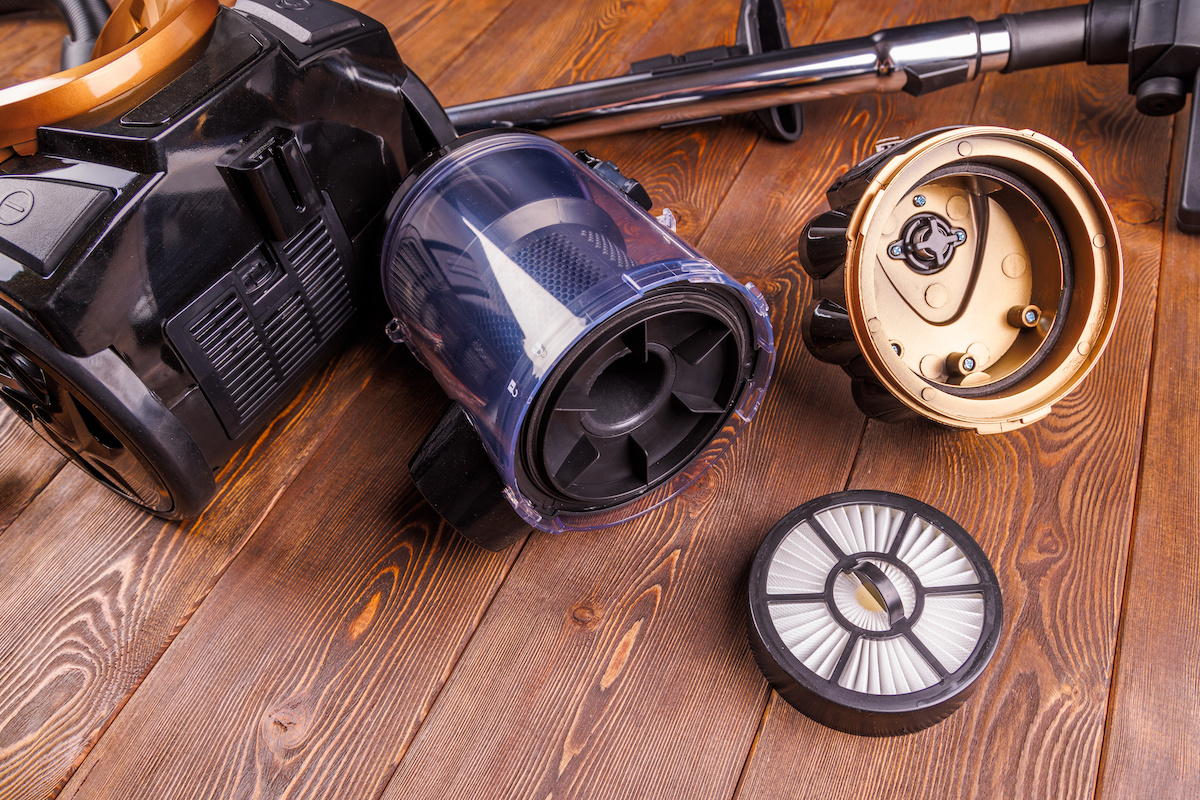
The modern vacuum market has blurred old price brackets. Department-store uprights that once cost $120 now push $250 – $300 with only marginal improvements. Much of that inflation goes into cordless convenience—battery packs, quick-swaps, LEDs—not core durability. Batteries degrade faster than motors, and replacement costs can reach half the original price.
That’s where many homeowners hit the crossroads: keep buying mid-priced machines that start strong but start wearing out before the year’s up, or step up to a serviceable model designed to stay in circulation.
“You start to see patterns when you’ve owned both—a cordless that fades after 20 minutes, and an old German canister that still roars after fifteen years. One’s easy to store, the other’s practically furniture. Longevity has a way of earning its keep.”
Disposable vacuums are built for the sales cycle; durable ones are built for the service cycle. A well-engineered unit may cost more upfront, but it ages predictably, holds suction, and can be brought back to full strength with a belt, brushroll, or motor tune-up. Over time, it’s not just cheaper—it’s steadier, quieter, and far more satisfying to own. It’s a lot like cars: you can keep cycling through entry-level compacts every few years, or buy a well-built vehicle and have a car that runs for decades with regular care.
Looking Beyond the Big-Box Shelf

What most shoppers never realize is that a vacuum’s real value isn’t visible on the sales floor. Two machines can look nearly identical—similar styling, the same wattage rating, even comparable suction specs—and still belong to entirely different worlds once you open them up. One is a throwaway shell with a single-mold chassis; the other hides a precision motor with replaceable carbon brushes and seals engineered to last thousands of hours.
That difference doesn’t show up in bright packaging or online star ratings. It shows up years later, when the first clog, crack, or electrical fault appears—and only one of those machines can be repaired. Specialty vacuum shops see this every day: customers bringing in a newer machine that can’t be opened without destroying it, right alongside a fifteen-year-old canister that just needs a $20 belt and a tune-up to run like new again.
Longevity isn’t an accident. It comes from companies that still build their products to be maintained, and from owners who know where to turn when maintenance is due. That’s the unseen value of professional guidance. A few minutes spent talking to someone who understands how these machines are built and serviced is worth more than any comparison chart online.
(In other words, it’s not about buying the most expensive vacuum—it’s about buying one that’s meant to last, and knowing there’s a real person nearby who can keep it that way.)
Where “Budget” Ends and Longevity Begins

The real dividing line between a budget vacuum and something built for the long haul isn’t just price — it’s the moment a machine becomes serviceable instead of replaceable.
Budget models are typically sealed systems in the wrong sense of the word: glued-together housings, proprietary fasteners, and motor units sold only as full assemblies. Once something internal fails, repair stops being practical.
Higher-end machines, by contrast, are assembled to be disassembled. That is, they may have more screws instead of permanent rivets. Modular wiring looms. Motors that can be pulled, rebuilt, and rebalanced. These aren’t details a manufacturer adds out of nostalgia; they’re part of a design philosophy that treats the vacuum as a durable appliance, not a consumable.
Somewhere around $400–$500 is where this transition starts to show up. That’s roughly where you move from disposable plastic drives and permanently pressed bearings to replaceable components and long-term parts support. Above that range, quality isn’t linear — you’re paying for refinement: smoother seals, better acoustic insulation, longer hoses, more efficient brushroll geometry.
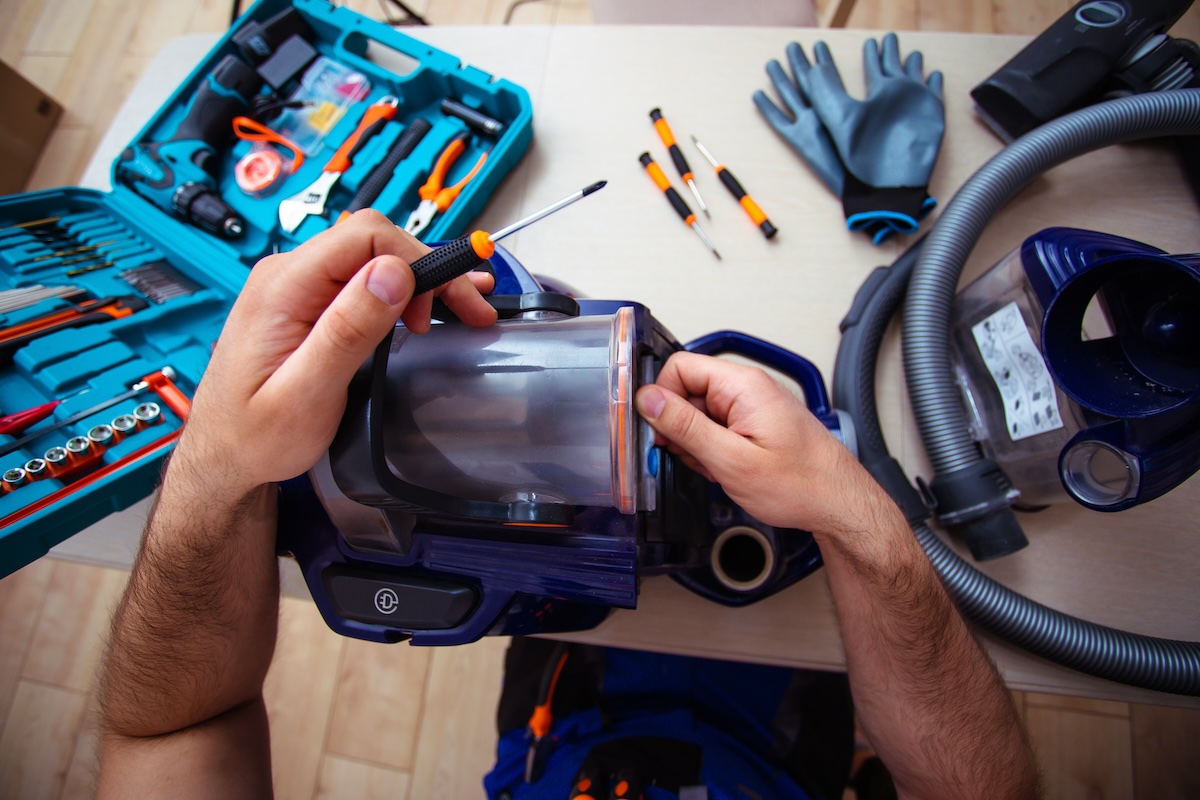
Think of it this way: below $300, design is mostly about retail appeal and weight. Around $400–$700, it shifts toward engineering, balance, and the expectation of service life. Beyond that, you’re buying the machine’s second decade — the parts catalog, the continued availability of filters, and the manufacturer’s willingness to keep supporting a platform long after new models come out.
Brands Along the Durability Curve
There’s a fairly consistent reputation hierarchy across the industry, though not everyone fits neatly.
- Budget to Entry-Level: Hoover, Bissell, Eureka, and Shark dominate this space. They’re accessible, effective for small homes, and easy to find parts for during the model’s retail lifespan — usually 2 to 5 years.
- Mid-Tier and Prosumer: Some examples include Dyson, Kenmore Elite, some Oreck uprights. These bridge the gap between convenience and long-term build. Their motors are often powerful, but serviceability varies wildly — Dyson in particular leans toward “replace rather than repair.”
- High-End and Long-Term Serviceable: Examples include Miele, Sebo, Riccar, and a handful of legacy brands like Electrolux and Sanitaire’s metal-body line. These aren’t just heavier-duty versions of cheaper vacuums — they’re fundamentally different in philosophy. Each one is designed to be taken apart, repaired, and put back into circulation for another decade.
A Miele or Sebo owner doesn’t typically describe “buying a vacuum.” They describe owning a machine. That’s not brand worship — it’s the natural outcome of using something that’s mechanically coherent. Every part fits for a reason, and when it wears, it can be replaced with the same precision.
There’s also a reason you don’t see these sold in the middle of department stores next to blenders. Their buyers aren’t chasing impulse sales; they’re looking for reliability that can be maintained, not just replaced.
When Commercial Builds Enter the Home
A surprising number of homeowners start eyeing commercial vacuums when they grow tired of consumer models that don’t hold up. And it’s not an unreasonable leap. Commercial units — like Sanitaire’s SC888 or Lindhaus RX models — are built for hundreds of hours of runtime per month. When used in a house, that kind of build quality translates into near-permanent reliability.
Still, there are trade-offs. Commercial machines often skip niceties like quiet operation or swivel steering in favor of simplicity and ease of service. They’re loud, sturdy, and purpose-driven. For residential use, they’re best suited for those who value mechanical lifespan over lightweight maneuverability.
If you have mostly carpeted floors and a tolerance for a little noise, a commercial upright can outlive most residential vacuums several times over. But for mixed flooring, pets, or allergy control, a sealed canister from the high-end segment (like Miele or Sebo) delivers a cleaner, quieter experience with equal longevity.
“It’s the same principle as owning a well-made appliance — satisfaction isn’t always to be found in repeatedly spending money on something new, but more often, in the way a machine can continue to perform well, year after year, without changing its tone or temperament.”
The Value of Manufacturer Support

It’s easy to overlook the after-purchase side of vacuum ownership, but this is where “buy it for life” earns its meaning. True longevity doesn’t come from the motor alone — it comes from a company that keeps making filters, cords, switches, and bags ten years after the model name has disappeared from packaging.
Budget brands rarely plan that far ahead. Once a series is retired, parts availability fades fast. Filters vanish, hoses no longer fit, and third-party replacements flood in with uneven quality. That’s when otherwise functional machines start heading for the landfill.
By contrast, legacy manufacturers maintain continuity. Miele, Sebo, and Riccar, for example, build on long-lived chassis that share components across generations. You can still walk into a service center and find a motor brush, gasket, or HEPA filter for a model built fifteen years ago. That consistency is a hallmark of a real BIFL product — not a marketing slogan, but a supply-chain commitment that treats ownership as an ongoing relationship.
Warranty Reality vs. Real-World Lifespan
A warranty tells you a lot about how a company views its own engineering. A one-year coverage window implies disposability; three to five years means “we expect most users to make it this far.” When you see seven or ten years — and, importantly, coverage on both motor and casing — that’s confidence backed by internal testing.
Still, the true measure isn’t how long a manufacturer will replace something under warranty, but how repairable it remains after that window closes. The companies that stand behind their machines tend to also empower service technicians: diagrams, part numbers, and phone support for small shops that handle maintenance. That culture of service is rare, and it’s the quiet backbone of the “Buy it for Life” vacuum category.
“Most people, understandably, never think about this infrastructure—until they need it.”
The “Buy It For Life” Mindset in Practice
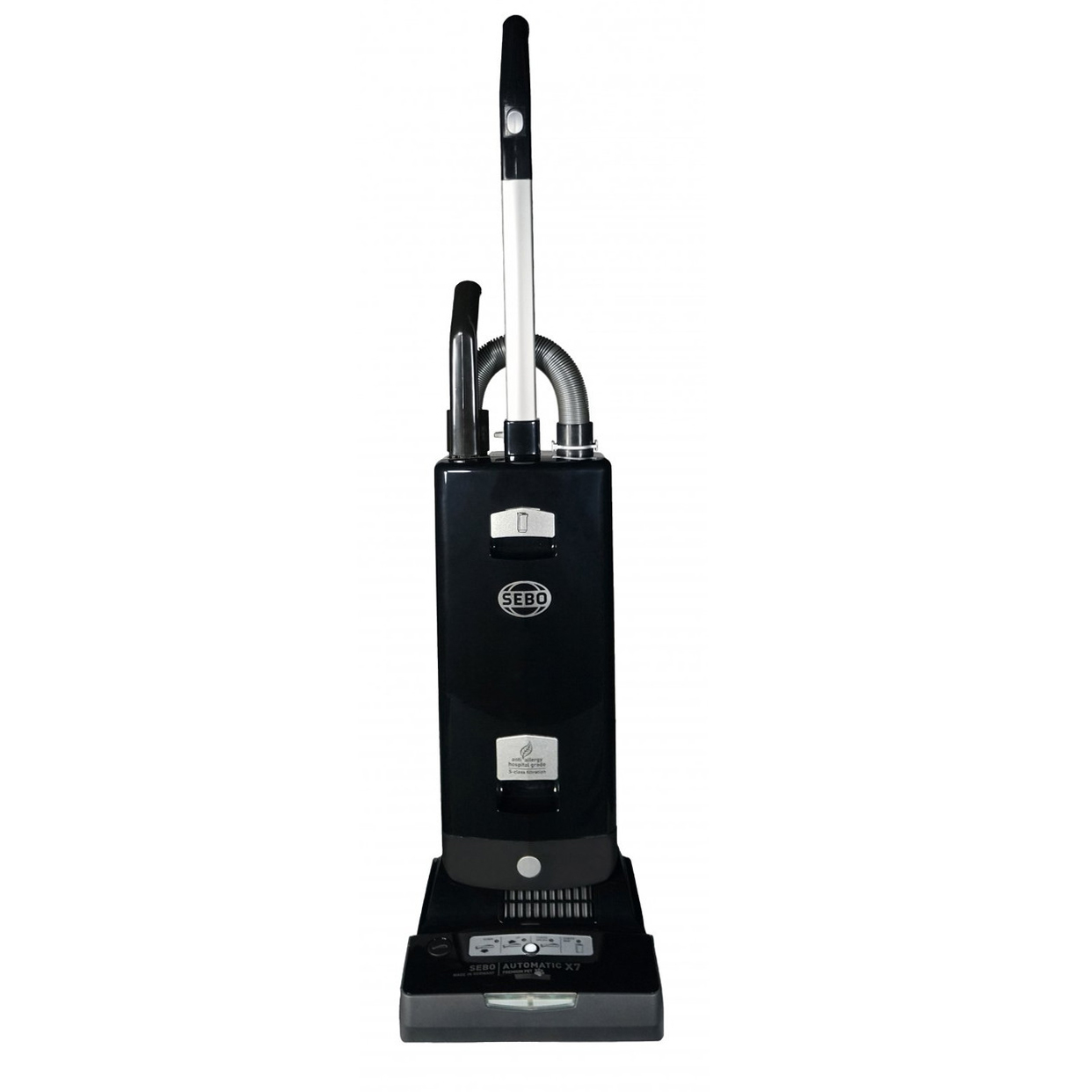
Owning a “B.I.F.L.” vacuum doesn’t necessarily mean you have to baby it. You just need to keep up with standard maintenance: Replacing a bag before it overfills. Cleaning the brushroll so bearings don’t seize. Having a new cord installed rather than tossing the whole unit if the insulation frays.
It feels more like caring for a well-built tool than operating a disposable gadget. Think of the difference between a contractor’s DeWalt or Makita drill and a Black+Decker special from the clearance rack — one’s made to be serviced, the other’s made to be replaced. Once you’ve lived with the former, you start noticing how rarely cheaper machines are designed to make even simple repair easy.
Long-term owners often describe their machines almost the way someone talks about a favorite car. There’s a familiarity to the sound of a healthy motor, a certain weight to the handle, the reassuring click when the wand locks into place—tactile feedback loops that signal longevity.
Why “Buy it For Life” Isn’t Always About Price
Some consumers assume that a $1,000 vacuum must automatically qualify as “buy it for life.” Not necessarily. A high retail price can reflect brand prestige, cordless convenience, or a complex design that looks sleek but isn’t built to be serviced.
Durability depends on parts support, modular design, and mechanical simplicity — three things that aren’t always visible in the showroom. The best machines balance these with ergonomics and filtration that protect both the motor and your indoor air quality. In other words, true BIFL isn’t luxury for its own sake; it’s functional longevity.
How to Judge Longevity Before You Buy
The easiest way to tell how long a vacuum will last isn’t in the box specs — it’s in the way it’s built. Pay attention to the small details:
- Weight distribution: Heavier doesn’t always mean better, but a machine that feels planted usually hides a solid motor and thicker housing.
- Noise quality: A low, smooth tone signals balanced bearings and insulation. Harsh whines or rattles mean cost-cut corners.
- Parts access: If the filters, brushroll, and belt can be removed without prying or forcing clips, it’s designed to be serviced.
- Cord and hose quality: Thick rubberized cords, fabric-reinforced hoses, and metal wands suggest long-term engineering.
- Model continuity: Search whether the manufacturer still supports ten-year-old versions. If filters and bags are easy to find, that’s a good sign.
You can also get a read on longevity by how the machine feels after an hour of use. A well-balanced canister or upright doesn’t fight you — it tracks naturally, seals tightly to the floor, and doesn’t overheat. Short runtime, excess vibration, or visible dust leakage are warning flags that the design isn’t meant to age gracefully.
(Once you start paying attention to those cues, the difference becomes obvious. The cheaper machines look busy — the better ones feel calm.)
The Cost of Ownership
Price tags tell only part of the story. It may sound obvious, but it’s worth remembering that a $225 budget vacuum replaced every 3 years ends up costing more than a high-quality $650 model that runs for 20 years.
Add in replacement bags, filter replacements, and downtime, and the long-term value flips fast.
That’s why so many homeowners end up moving toward the serviceable end of the spectrum once they’ve experienced both. The sticker shock fades, but the daily experience — quieter operation, less dust, consistent suction — becomes the standard you measure everything else against.
You don’t think about lifespan until the first machine quits early. After that, you start to appreciate what rebuildable motors, real filtration, and genuine parts support mean in practice.
Choosing a Machine
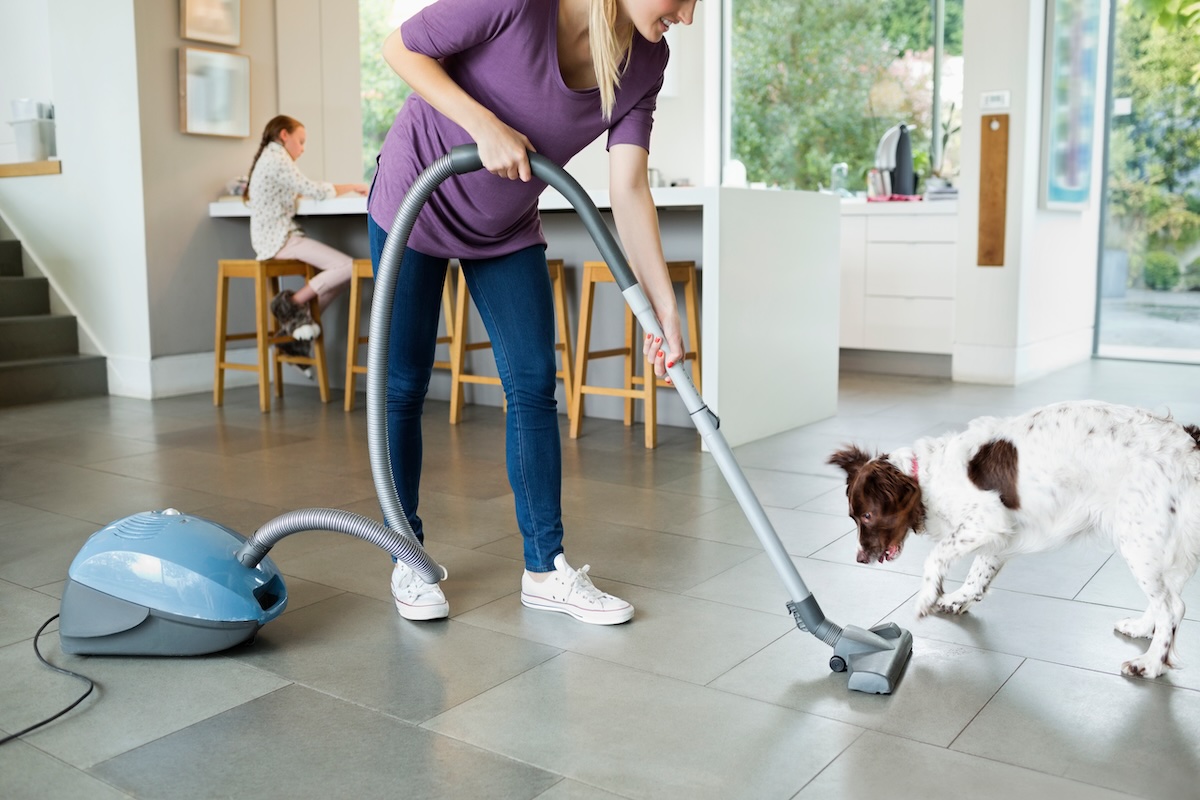
This is a simple starting point — the broad strokes, not the whole picture. There’s only so much you can tell from a spec sheet or an article like this. Every home, floor type, and user habit changes what “best” looks like in practice, which is why no checklist can replace hands-on guidance.
If you’re aiming to future-proof your next purchase, here are 3 fundamental things to look for:
- Proven engineering lineage – Models that evolve slowly, with interchangeable parts across generations, tend to last longest.
- Ongoing manufacturer support – A phone number, real schematics, and a dealer network that can service rather than replace.
- Mechanical simplicity – The fewer “clever” features hiding behind plastic panels, the easier it will likely be to keep running in fifteen years.
Still, these points only scratch the surface. The best way to choose wisely is to head to a reputable local vacuum shop like Edison Vacuum of Nashville, where you can handle machines side-by-side, talk to people who service them every day, and see firsthand what great build quality feels like. That context—the smell of new motors, the heft of a solid wand, the difference in tone when a motor spools up—is what no guide or customer review can capture.
Takeaway
Vacuum lifespan has less to do with luck and more to do with philosophy. Some companies design for the sales cycle, others design for the service cycle. Once you’ve lived with a machine from the latter group, the kind built like a reliable tool, with every screw and seal meant to be reached again, you stop thinking of vacuum cleaners as a machine that needs to be replaced every few years.
And that’s the turning point for most long-term owners: they stop replacing and start maintaining. The satisfaction comes not from owning an expensive vacuum cleaner, but from knowing their machine is engineered to stay running—bag after bag, year after year.


